These spiky little sea creatures are incredibly common throughout the world. They are slow moving creatures, which are commonly found in the intertidal zones of rocky shorelines. Sea urchins have a number of surprising traits to help keep them alive. Read on to learn about the sea urchin.
Description of the Sea Urchin
The easiest way to describe a sea urchin of any species is “ball of spines.” Most species resemble a pincushion filled to the brim with needles. They come in a wide variety of colors, shapes, and sizes. Some species have incredibly long, thin spines, and others have short thick nubs.
Interesting Facts About the Sea Urchin
These spiny little creatures actually have a number of different adaptations beneath all those spines. Who ever thought you could learn something new about a ball of spikes?
- Spikes of Many Shapes and Sizes – There are seemingly endless combinations of spine colors and arrangements on sea urchins. This should be little surprise, as you can find a lot of variety in 950 different species!
- Hidey Hole – When exploring tidepools, you may find that sea urchins seem to fit perfectly into divots in the rocks around them. That is because the sea urchins actually make those holes themselves! They use the five teeth in their mouths to carve holes into the rock around them for better protection from predators.
- Pedicellaria – In addition to their formidable spines, sea urchins have tiny claws on the surface of their shells in between their spines. These tiny claws are believed to aid the sea urchin in clearing debris, algae, and parasites from their shells.
- Float Like a Butterfly, Sting Like a Flower? – Contrary to popular belief, most sea urchins don’t sting people, and aren’t poisonous or venomous. Most injuries occur when the person steps on, or hits the urchin’s spines. One venomous sea urchin, the flower urchin, does inject venom into potential threats. Surprisingly, it is not the spines that are venomous, but the pedicellaria, which clamp down on anything that they touch before injecting their toxin.
Habitat of the Sea Urchin
Despite their frequency in the intertidal zone, in tide pools, sea urchins can be found at many different depths and in any habitats. They can also be found in nearly any ocean temperature. Sea urchins inhabit the polar seas as well as the warm tropics.
Distribution of the Sea Urchin
Sea urchins can inhabit nearly any ocean in the world. Sea urchins have even been found at depts greater than 6,850 meters!
Diet of the Sea Urchin
Sea urchins mainly graze on algae and undersea vegetation, such as kelp. They have also been known to feed on sponges, sea stars, mussels, sea cucumbers, carrion, and polychaete worms. Sea urchins feed by grabbing and biting with their five teeth. Their mouths are found on the underside of their bodies.
Sea Urchin and Human Interaction
Sea urchins and humans interact in a number of ways. Humans in different cultures have used sea urchins as a source of food, and the part of the sea urchin consumed is typically the gonads. Sea urchins are eaten in Japanese, Mediterranean, Italian, Chilean, Native American, and New Zealand cultures.
Injuries frequently occur due to sea urchin impalement. Sea urchins have brittle spines, and when stepped on, the spines have a tendency to break off in the foot or hand. Most sea urchin species are not venomous, and as long as the spines are removed the damage is minimal.
Domestication
Sea urchins have not been domesticated, but they have been easily bred in aquariums. They are also commonly used in biological research.
Does the Sea Urchin Make a Good Pet
Some species of sea urchins make a wonderful addition to salt water tanks, as they feed on algae. Salt water aquariums are, however, expensive and difficult to maintain.
Sea Urchin Care
The level of care depends on the species, but in a tank with stable temperature, salt, and pH, sea urchins should be relatively easy to maintain. The slate pencil urchin will feed on algae in the tank, and virtually care for itself. Make sure to research if other fish in your aquarium will attempt to eat the urchin.
Behavior of the Sea Urchin
Sea urchins spend the vast majority of their lives foraging for food. They wander the sea floor using their spines and a row of tube feet as locomotion. The sea urchin’s tube feet are powered by water flowing in and out of them, and equipped with suction cup-like feet.
Reproduction of the Sea Urchin
Sea urchins reproduce via external fertilization. This means that, when male and female sea urchins breed, the sea urchins release their gamete (reproductive) cells into the ocean. When a male gamete (sperm) meets a female gamete (egg), they create a zygote, or single new cell.
This zygote divides, and divides, and divides, until it has created an embryo. The embryo develops into a cone-shaped echinopluteus larvae, which will free-swim until it is ready to sink to the bottom and become a juvenile sea urchin.

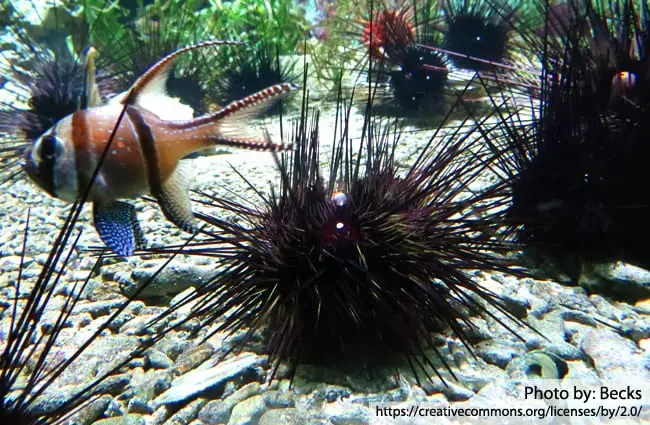
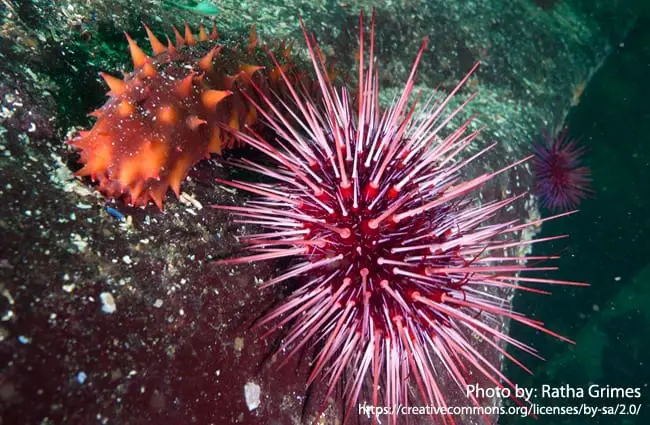
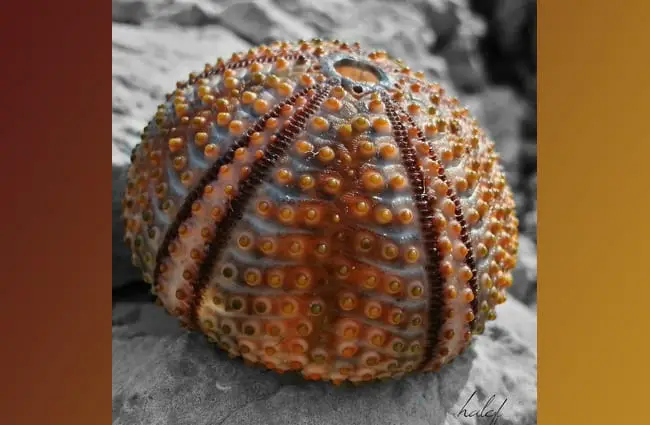


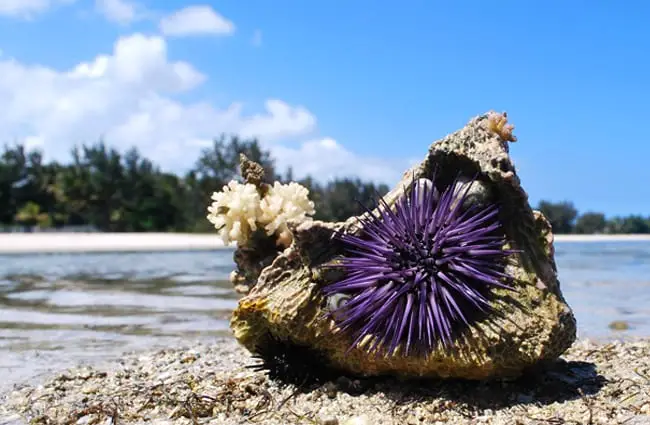
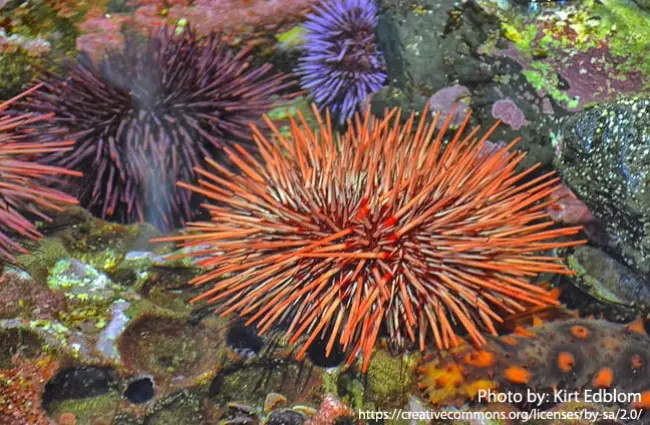
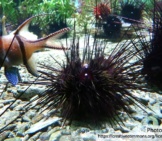

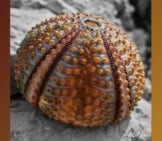
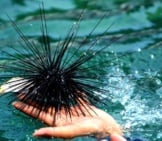


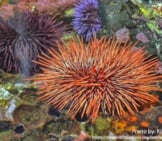
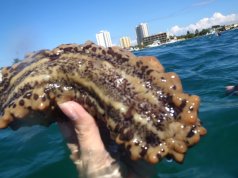

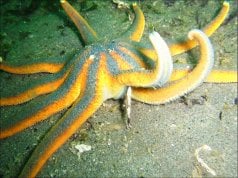










![Red Angus Closeup of a beautiful Red Angus cowPhoto by: U.S. Department of Agriculture [pubic domain]https://creativecommons.org/licenses/by/2.0/](https://animals.net/wp-content/uploads/2020/03/Red-Angus-4-100x75.jpg)

